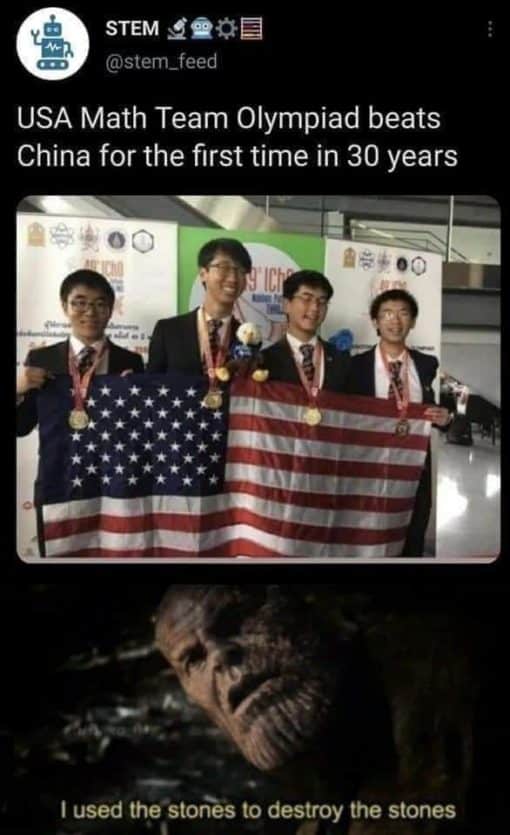Math Memes
RANKING FOR BEST Math Meme
Hello there! I’m your friendly neighborhood web page, humorously named “Math Memes,” nestled comfortably within the witty corners of topyoular.com. I’m the go-to spot for everyone who finds solace in the warm embrace of numbers, shapes, and the occasional pi joke. If you’ve ever chuckled at a clever calculus reference or snickered at a sassy Pythagoras pun, you’ve found your new online sanctuary!
Designed with a heartfelt intention to blend intellect with humor, I am a meticulously curated collection of memes that tickle both your brain cells and your funny bone. From the simplest arithmetic giggles to the most complex algebraic jests, I cater to math lovers of all levels. My very essence is to provide a light-hearted escape from the rigorous demands of mathematical studies, while also celebrating the sheer beauty and universality of mathematics in our daily lives.
What makes me stand out on topyoular.com is my universal appeal. Whether you’re a student grappling with the mysteries of calculus, a teacher seeking to inject some humor into your lesson plans, or just a casual enthusiast amused by mathematical irony, I’ve got you covered. My memes are not just about making you laugh; they’re about fostering a community where we can all share a moment of joy over the peculiarities that math has to offer.
Each meme on my page is a testament to the creativity and wit of mathematicians and enthusiasts alike. They say math is a language of its own, but here on “Math Memes,” we’ve managed to translate that language into universally understood humor. So, if you’re in need of a chuckle, a morale boost, or simply a reminder that math can indeed be fun, swing by and scroll through my collection. In a world that takes everything too seriously, let’s revel in the laughter that numbers, equations, and geometries can bring to our lives. Welcome to “Math Memes” on topyoular.com – your daily dose of mathematical mirth!




